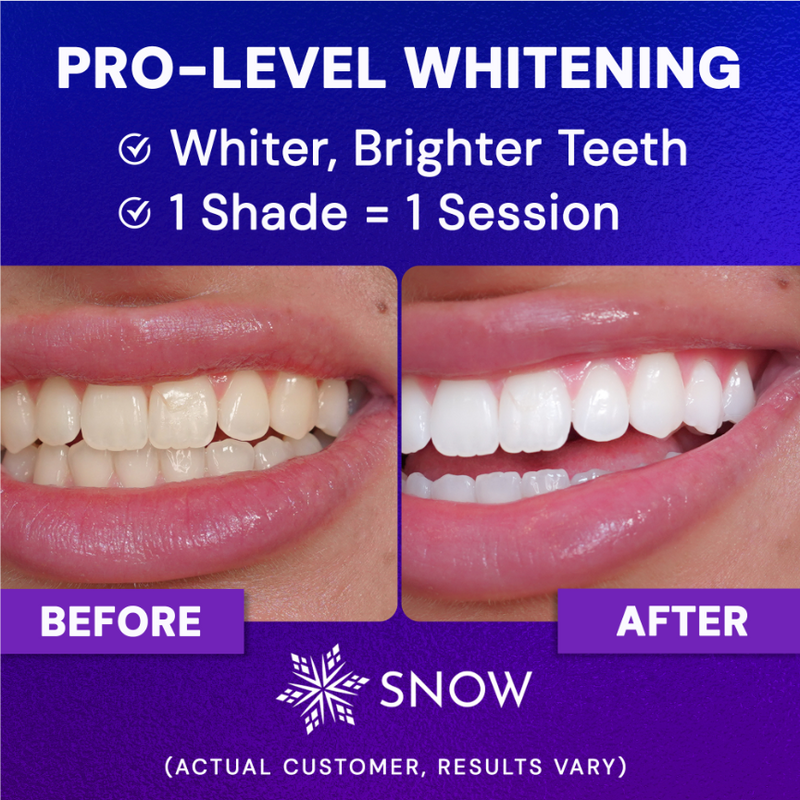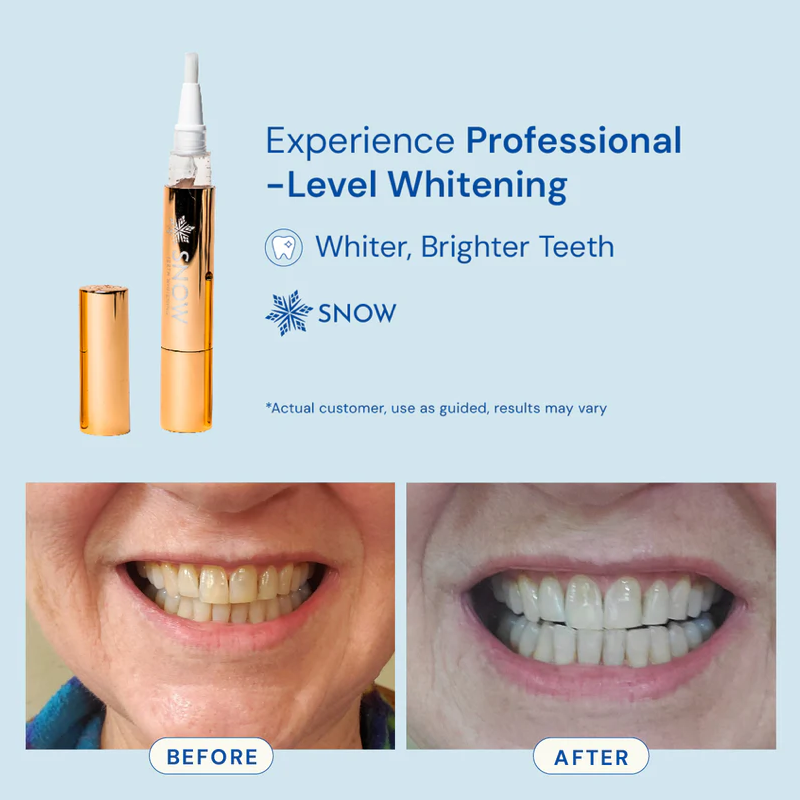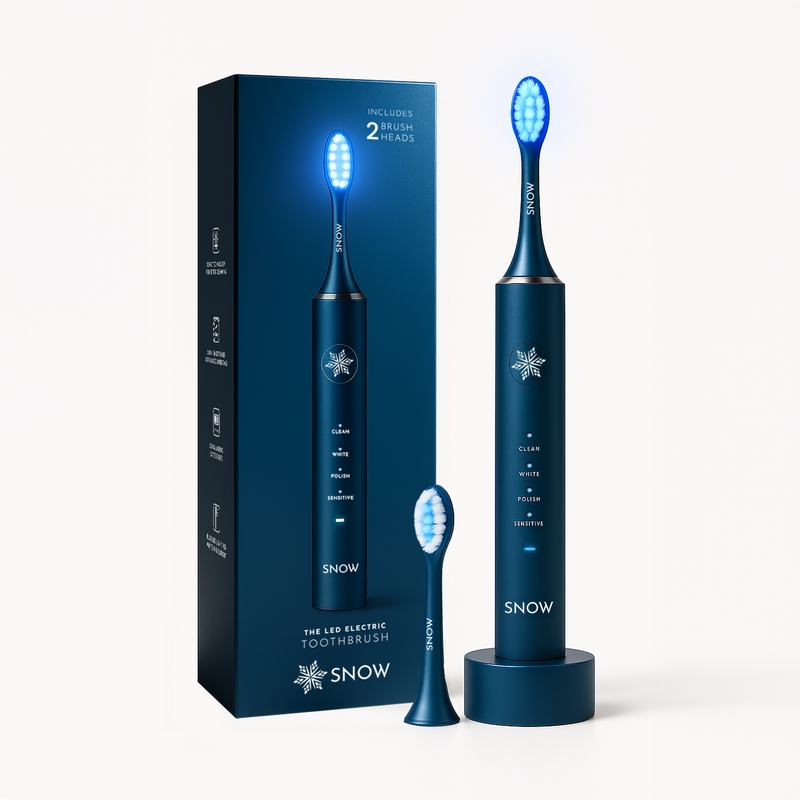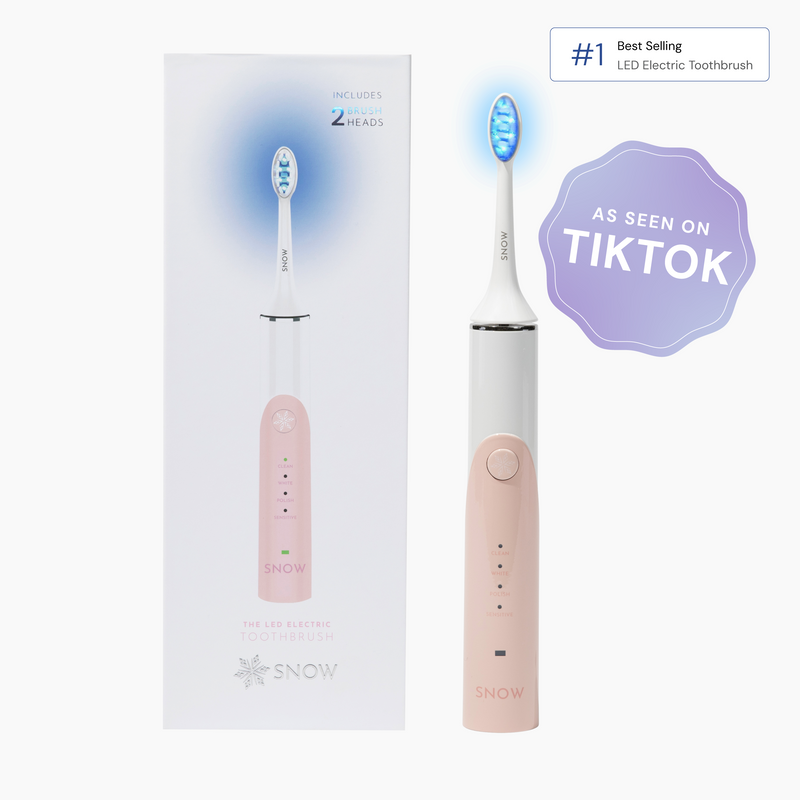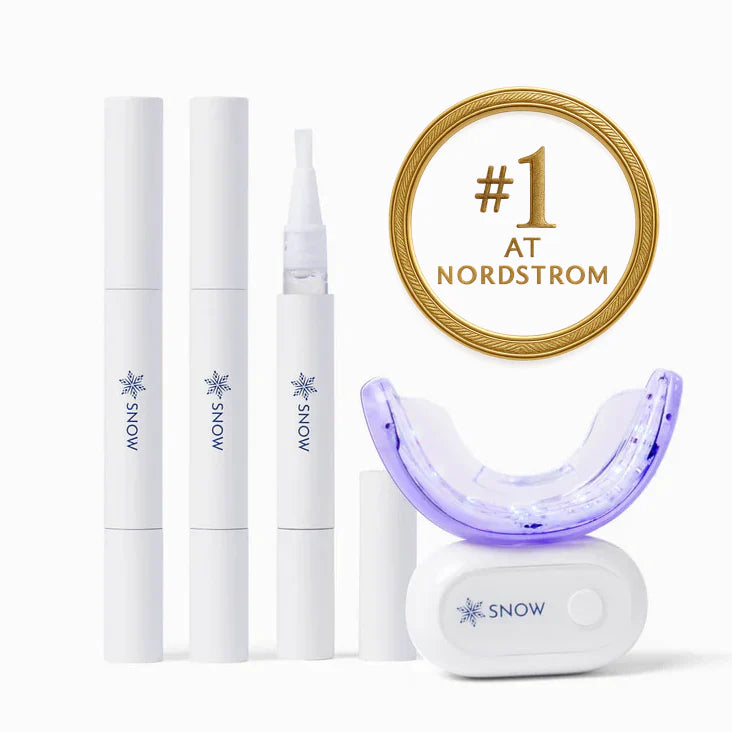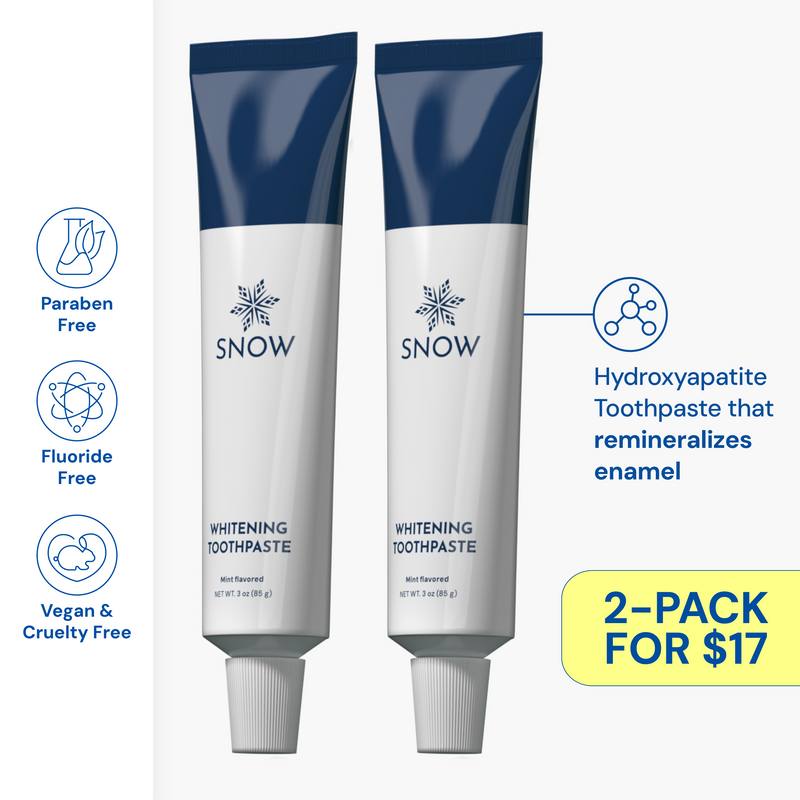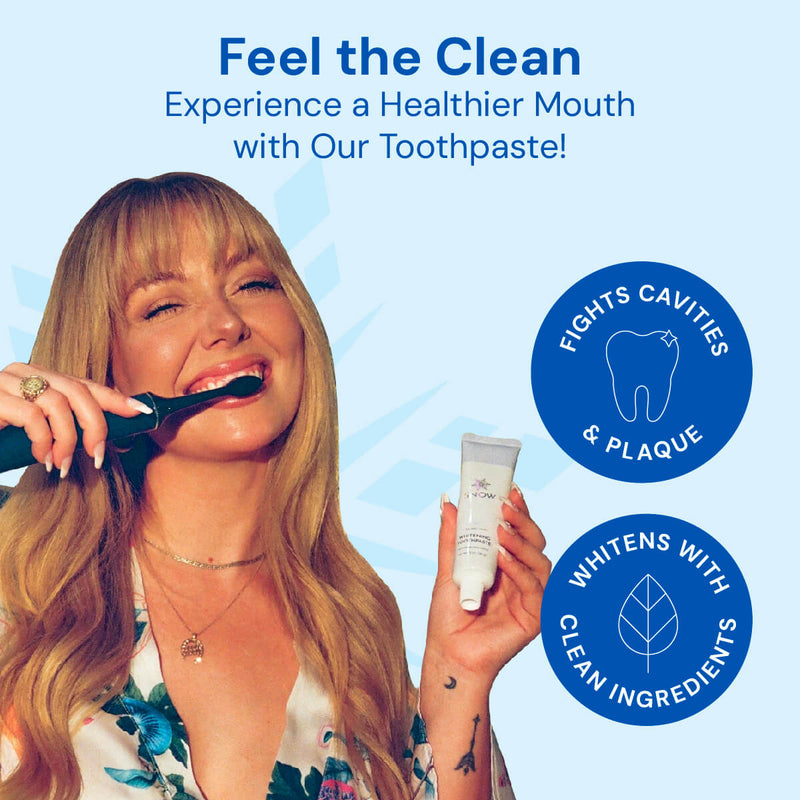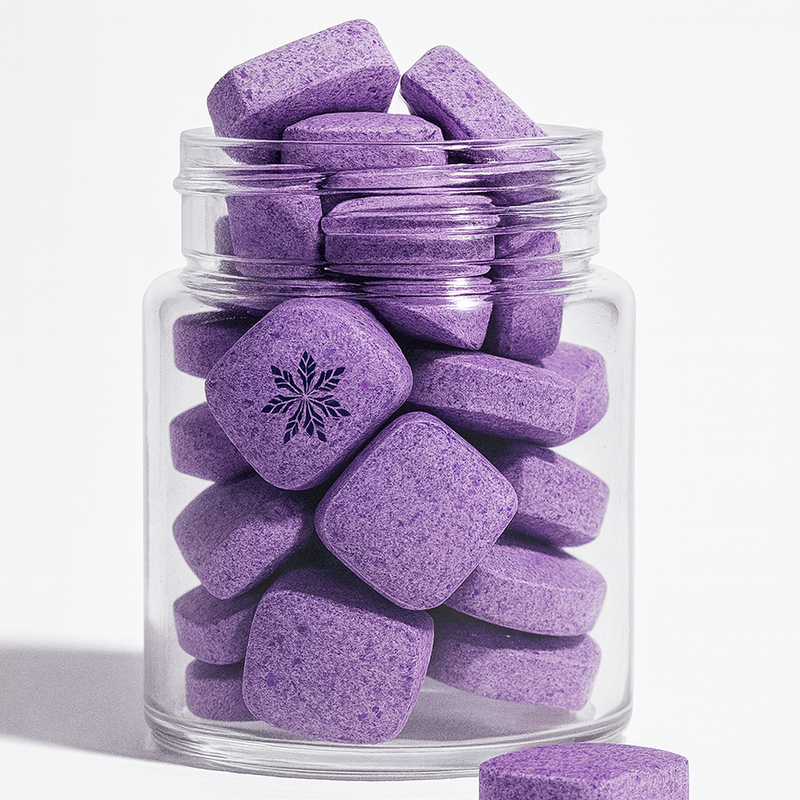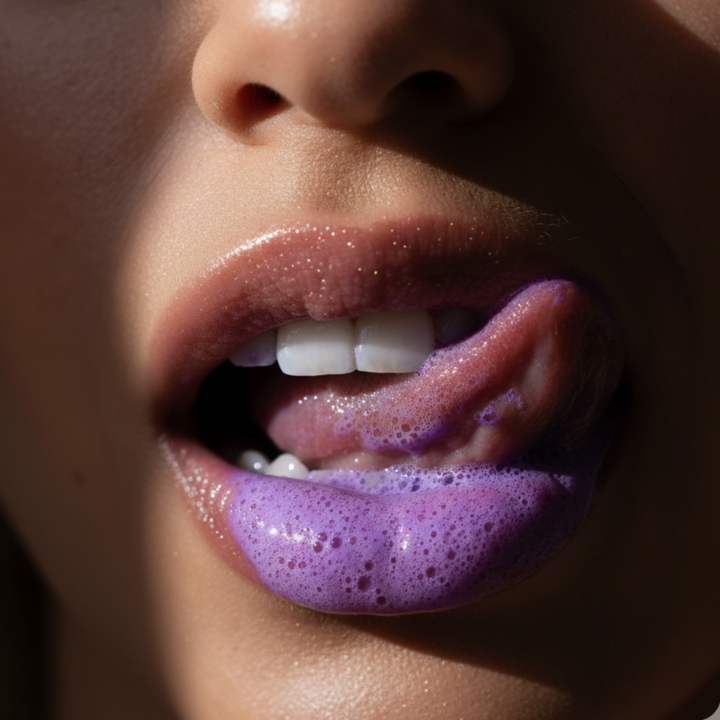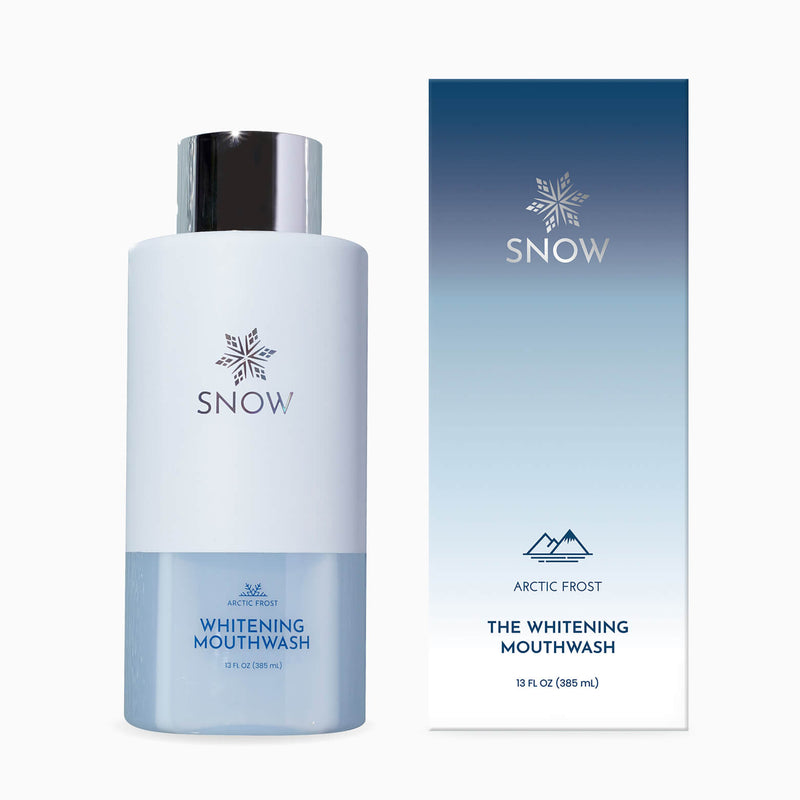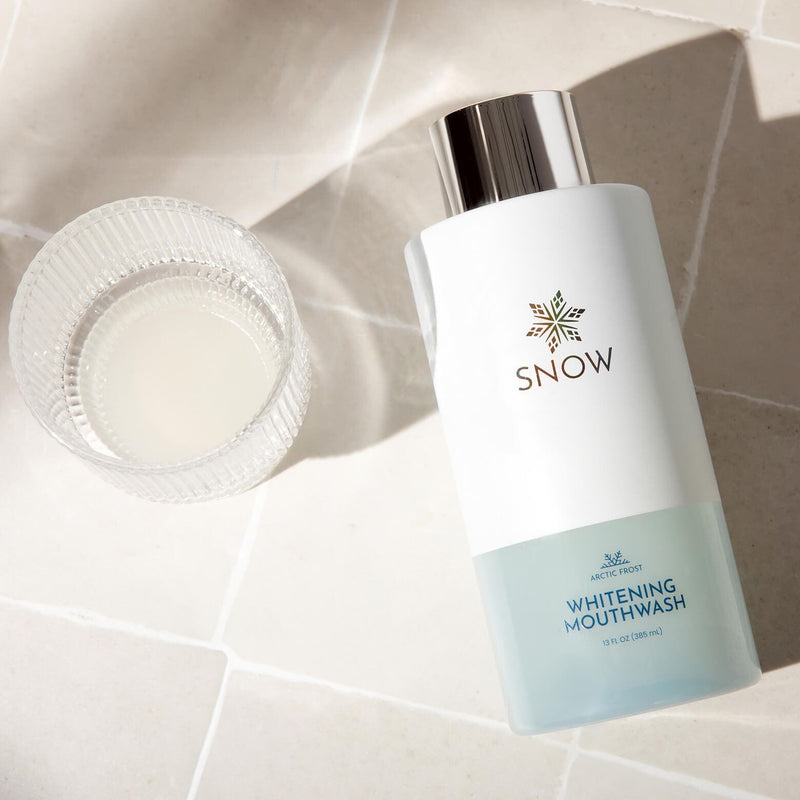Tartar plagues the teeth of over 60% of adults. You may even have tartar buildup and not realize it since there are varying stages. Minor tartar buildup can cause your teeth to have a slight yellow tint, whereas significant tartar buildup can lead to pain and disease in your teeth and gums.
DENTAL CALCULUS
Tartar is also called dental calculus and is somewhat similar to plaque buildup. Tartar begins forming when plaque (a sticky film made of bacteria) builds up on teeth. As time goes on, the layers of plaque start to harden like a layer of armor around your teeth. The minerals aid this process in your saliva.
Unlike the hard outer layer of your tooth, tartar is sticky. This makes it the perfect surface for bacteria to attach to. Even though the tartar is sticky, it still has a hard outer layer that has small pores. These pores allow bacteria to penetrate the tartar and cause further plaque buildup on your teeth.
Some people attempt to use home remedies such as baking soda and vinegar to remove tartar. However, serious tartar buildup should be resolved by a dentist. The dentist will use a tool called a scaler to remove the tartar from your teeth and gums. Since tartar cements itself to your teeth, there may be some discomfort during and after your dentist appointment. The good news is that the discomfort usually goes away in a day or two.
PROBLEMS FROM TARTAR BUILDUP
Tartar is composed of mineralized dental plaque, bacteria, and saliva. Therefore it can potentially cause small amounts of damage to your teeth. However, the more significant problems that come with tartar buildup are not actually caused by tartar.
The real culprits are the plaque and harmful bacteria that thrive on and under the tartar’s hard, sticky surface. If you don’t have tartar yet, you can prevent buildup by first reducing plaque. If you already have tartar buildup, there are several serious issues you’ll need to watch out for.
GUM DISEASE
Gum disease is also known as periodontitis. Gum disease occurs when tartar reaches your gum line and causes inflammation. The inflammation will then cause your gum line to become red and puffy.
As the inflammation worsens, your gums can start to detach from your teeth. Consequently, your receding gums may have small pockets of air underneath them. These spaces create the perfect breeding ground for plaque and harmful bacteria to grow. Eventually, the pockets under your gum line will further fill with plaque and deepen. If this continues, gum disease may permanently damage your gum tissue and cause your teeth to fall out.
GINGIVITIS
Gingivitis is very similar to gum disease, except it doesn’t cause your gums to detach from your teeth. The two most noticeable symptoms of gingivitis are swelling and bleeding of the gums.
Tartar and plaque start to irritate the gum tissue surrounding the tooth. To fix this, you’ll need to have a dental professional remove the tartar and treat swelling to avoid gingivitis becoming gum disease.
TOOTH DECAY
Even if you avoid gum disease, tartar buildup may still cause damage to your tooth enamel. The outer surface of the tartar attracts harmful bacteria; since it’s porous, that bacteria may travel below the tartar and begin to eat away at your tooth enamel.
At this stage, your toothbrush will not be enough to remove the bacteria since it’s protected by the tartar’s hard outer shell.
COSMETIC ISSUES
Most people don't want their teeth to be yellow or brown. If your goal is to have a dazzling white smile, tartar buildup will be an issue. Since there are more pores on the teeth’s surface, tartar stains occur more easily.
Food, dark-tinted drinks, and cigarette smoke, will stain the tartar and may eventually stain the enamel of your teeth if you don't remove the tartar buildup immediately.
BAD BREATH
While it may not be painful, bad breath (known as halitosis) is one of the first signs of tartar buildup. Tartar naturally has a foul odor since it contains mineralized dental plaque and saliva.
The smell can worsen because of all the bacteria that latch onto the tartar’s sticky surface. Brushing your teeth will temporarily alleviate halitosis, but your mouth will continue to smell until a dentist removes the tartar buildup.
ORAL CAVITIES
Tartar buildup can also cause oral cavities. Your tooth enamel is constantly under attack by both the tartar and plaque. Once the plaque and tartar have successfully eaten through your tooth enamel, you may begin to feel discomfort as the cavity or cavities get deeper.
At this point, you’ll need to go to the dentist to have the cavities treated or filled. Tartar and plaque buildup when foods high in sugar are regularly consumed. Bacteria feeds off sugar and triggers several minerals in your saliva that encourage tartar buildup.
Even if your cavity is cleaned and filled, the damage will continue unless the tartar is removed.
HOW TO PREVENT TARTAR
The easiest solution to plaque and tartar buildup is prevention. By practicing a good oral health routine, you can help prevent your chances of getting cavities and gum disease.
However, if your teeth and gums have been damaged, the best course of action is to visit a dental professional to remove accumulated buildup.
BRUSH REGULARLY
Brushing your teeth regularly will help remove and prevent plaque formation. As long as you keep plaque off your teeth, tartar will be less likely to form. Brush your teeth using slow circular motions to help loosen sticky plaque.
It's also a good idea to ask your dentist for toothpaste recommendations. This is an effective way to find a toothpaste that is specifically designed to fight plaque and tartar buildup. Your dentist will also be able to help you avoid toothpaste that is mainly composed of fluoride and sugar.
If you have a lot of plaque buildup, you should consider switching to an electric toothbrush. The rapid oscillation helps remove more plaque more efficiently in comparison to a traditional toothbrush. You’ll also need to clean the crevices between your teeth.
It's best to brush your teeth after every meal. If you’re unable to, then make sure that you are at least brushing your teeth twice a day. In the morning and every evening before going to bed.
FLOSS
Flossing will help you remove any plaque buildup and food particles that your toothbrush may have missed. If tartar begins to build up in the crevices between your teeth, then it can be very difficult to remove. When flossing, it's best to use a different area of your dental floss for every tooth. This will prevent the plaque from going back into the crevices in between your teeth once it has been removed.
It's a good habit to brush and floss daily. Ideally, it would be best if you flossed after every meal to remove any food from in between your teeth.
MOUTHWASH
Mouthwash tends to be overlooked, but it's an important part of oral health. Ask your dentist for some recommendations on mouthwash. By using the right kind of mouthwash daily you can strengthen your teeth and prevent gum disease.
Mouthwash also kills the bacteria in your mouth that corrode the enamel of your teeth. In fact, some studies show mouthwash can kill up to 99.9% of harmful mouth bacteria. Make sure that you swish the mouthwash vigorously to remove any food particles or plaque that gets stuck in between your teeth.
DENTAL OFFICE VISITS
Plaque is easy to spot because it has a yellow or brown color. Tartar, on the other hand, is clear and colorless, which makes it difficult to spot unless you see a dental hygienist.
Individuals vary greatly. In fact, according to the American Dental Association, there isn't an exact dentist visitation schedule that works for every person. Depending on what you eat, how faithful you are to your oral health care routine, and bodily differences, you may need to visit the dentist anywhere between one to six times a year.
If you already know that you have plaque and tartar buildup, or if you have any of the symptoms of tooth decay or gum disease, schedule an appointment with your dentist immediately. Your dentist will be able to effectively remove plaque buildup and provide guidance on a good oral health routine to make ensure future damage is prevented.
A dental hygienist may also prescribe topical anti-infection medications to put on your gums if the gum tissue is irritated or inflamed.
HOW SNOW WHITENING PRODUCTS HELP PREVENT TARTAR
The rate of tartar formation is different for everyone. No matter how quickly it forms, it's essential to maintain oral health by removing dental plaque as quickly as possible. Snow whitening products can help keep your teeth and gums bright and healthy.
Talk to your dental professional and try the Artic Frost Whitening Mouthwash, the LED Electric Toothbrush, or the Snow Teeth Whitening Kit. By taking simple measures to protect your teeth, you'll be saving yourself from an abundance of future dental problems.
Frequently Asked Questions
Is it safe to remove tartar?
Tartar, or calculus, is formed under and above gum lines. While you cannot safely remove tartar at home, you may reduce plaque with good dental hygiene practices by brushing your teeth with a soft-bristled toothbrush twice a day.
Can tartar be removed at home?
Brushing with baking soda or a quality tartar control toothpaste can help limit tartar buildup as a home remedy. However, the best solution is regular cleaning with a dentist.
What is tartar made of?
Tartar usually contains mineralized bacteria decay and other mineralized proteins in the saliva. Chemically, tartar contains magnesium phosphate, calcium carbonate, and potassium phosphates.
What causes tartar?
The sticky residue of bacteria in the mouth mixes with food. Dental brushing helps remove plaque. Once plaque has been removed, the tartar hardens. Plaque causes cavities, gingivitis, and tooth damage.















































